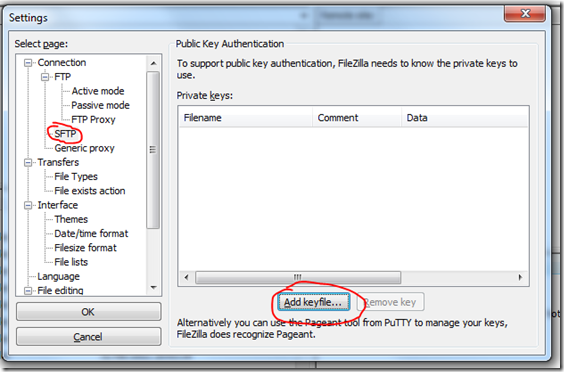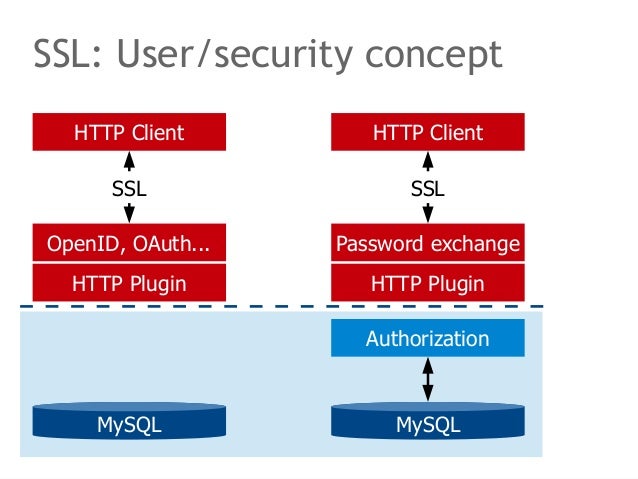
NOTE: Please pay attention to the WordPress default files (their names start with "wp-", and index.php), and make sure not to remove any of them as their deletion might break your website. Click Yes to move the file from your local site to the remote one: IMPORTANT: In FileZilla, you will be prompted to upload the edited file. Once you're done making changes, save the file and close the editor. Notepad, or your default HTML editor, will load up and show you the contents of the file. Keep in mind that this option is available for Windows computers and may be different for Mac and Linux. The first option available by default is to use notepad as the editor. NOTE: By default, you may see a window that states " No program associated with filetype". Click on it with the right mouse button and select the View/Edit option: In the remote site window, locate the file you wish to edit. To rename a file, in the remote site window right-click on it and select Rename:Īfter this, give a new name to the file and hit Enter to save the changes: Your files will now be queued to be uploaded to the server. Alternatively, highlight the files, right-click the mouse button, and select Upload. FileZilla allows you to simply drag and drop files from one panel to the other to initiate an upload:Ģ. On the right panel, choose the correct path for your files (in our case it is wp-content/plugins). In the left panel, where your local files are located, navigate and select the files and folders you wish to upload to the server. Let’s say you want to upload a new plugin for your website from your computer. You will be taken to the root folder of your website - it is located on the right panel:Īfter that, you can manage your website files: Hit the Quickconnect button to initiate the connection. Paste the SFTP details from your EasyWP Dashboard > Files & Database menu in the following format:

We will be using the Quickconnect option. Once you've downloaded and installed FileZilla, launch the program. How to set up FileZilla with the EasyWP site Once all the appropriate settings are filled in, click on Connect.


On the SFTP Access page, you will find the SFTP credentials to connect to your website via an SFTP client:


 0 kommentar(er)
0 kommentar(er)
